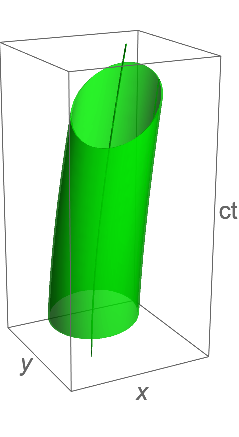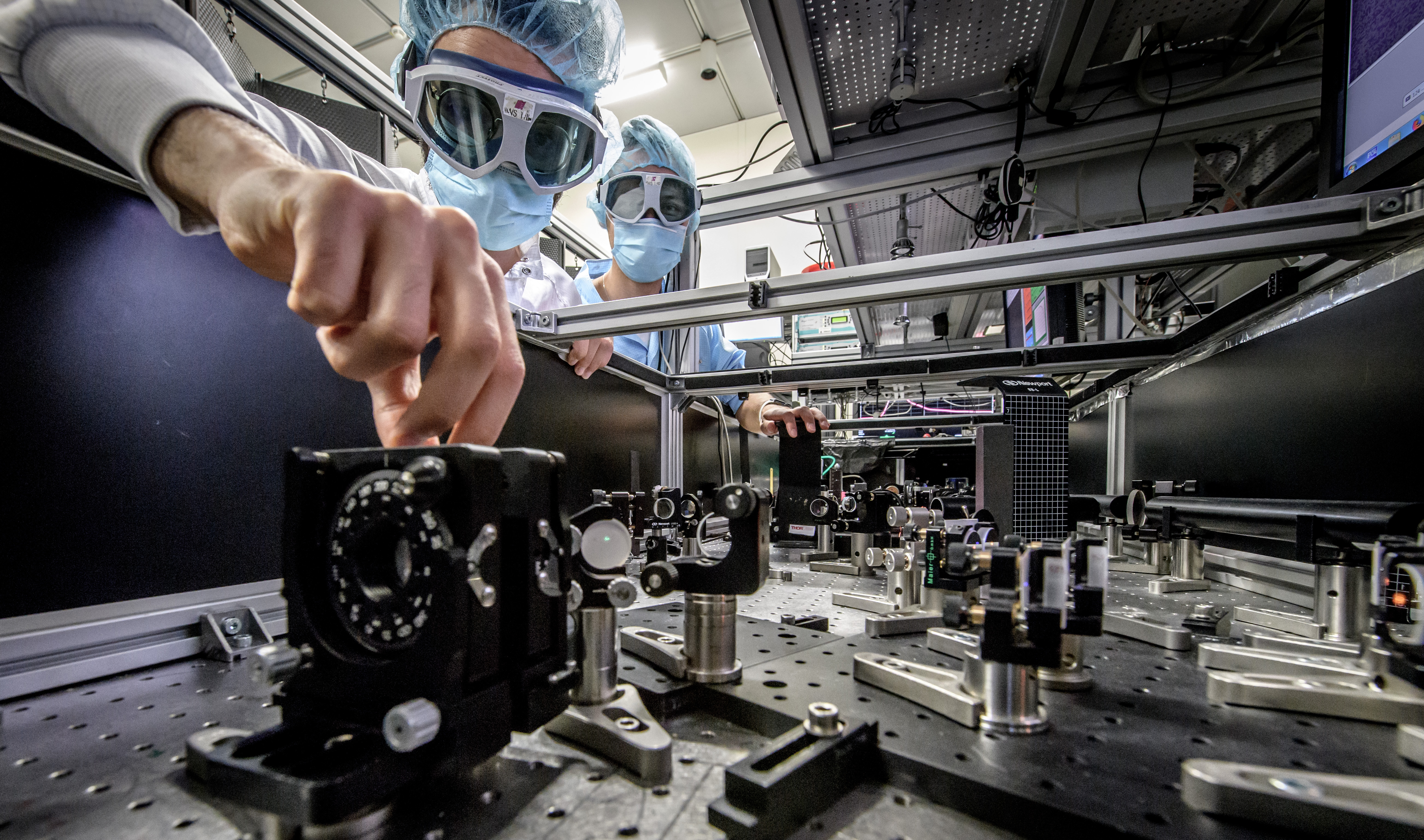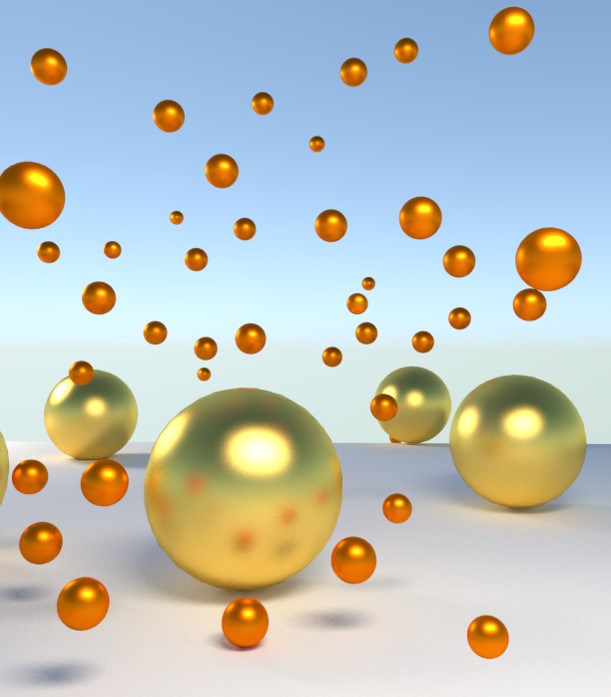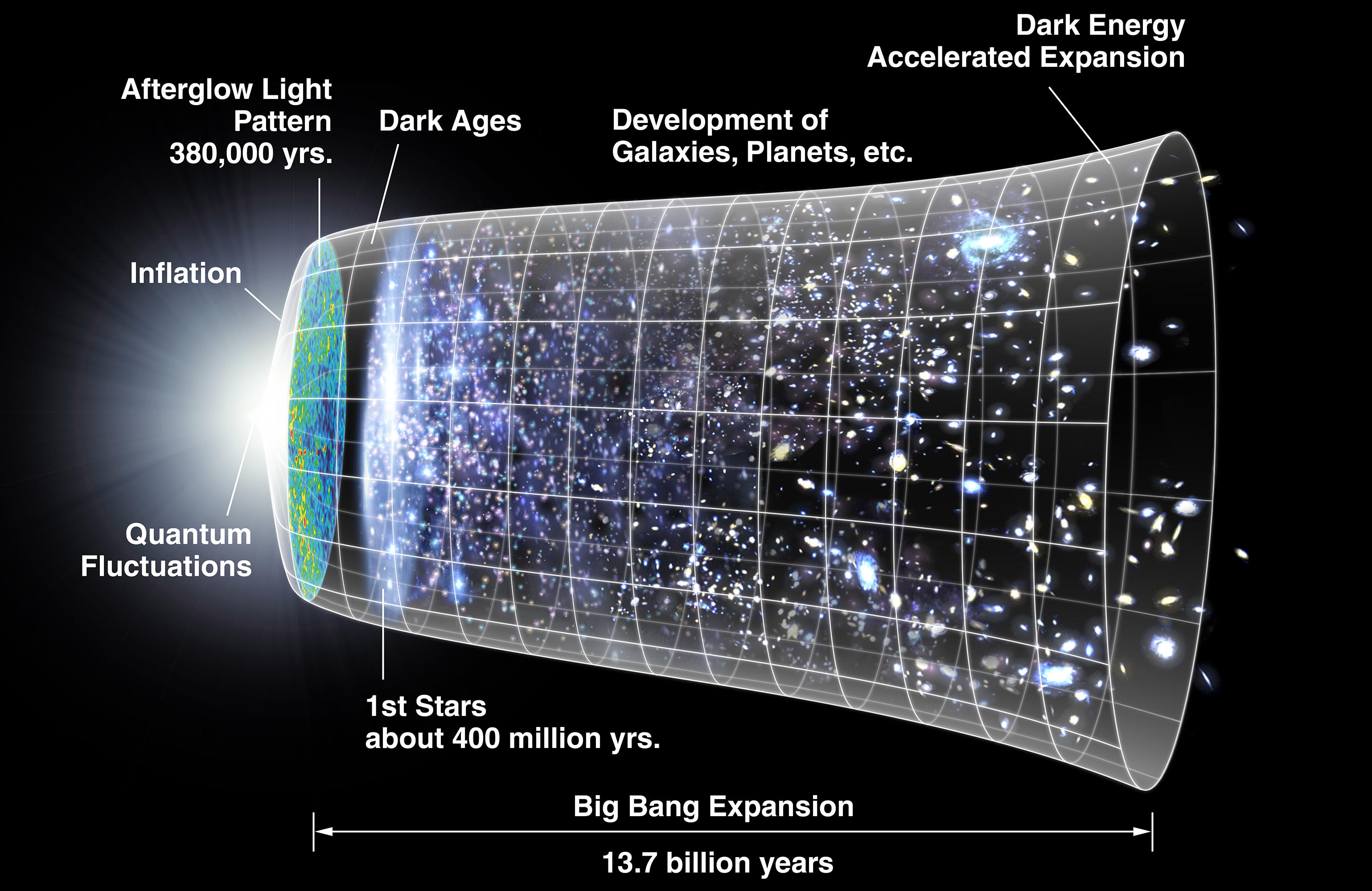
- Trainer/in: Andreas Lindner
- Trainer/in: Baris Ölmez
- Trainer/in: Hartmut Ruhl
- Trainer/in: Maya Song
Photonics I - The theory of light and its advanced applications, part I
Topics: Ray optics; wave optics and Gaussian beams, ABCD matrices and resonators, interferometers; birefringence, nonlinear optics; Fourier optics; Einstein coefficient, rate equations, basics of spectroscopy; attosecond physics, non-perturbative effects.

- Trainer/in: Philip Jacob
- Trainer/in: Emil Pupeza
- Trainer/in: Matthew Weidman
This course will give an overview of various topics related to laser spectroscopy of atoms and ions.
The lecture will start from a theoretical description of light-atom interaction using quantum mechanics.
The lecture will also cover experimental methods for laser spectroscopy, which includes Doppler-free spectroscopy, atom/ion-trapping, optical frequency combs and ultra-stable lasers.
We will introduce a few important applications of atomic spectroscopy such as optical clocks and verification of quantum theory by high-precision spectroscopy.
- Trainer/in: Akira Ozawa
- Trainer/in: Florian Haberstroh
- Trainer/in: Stefan Karsch
- Trainer/in: Nils Weiße
- Trainer/in: Simon Fölling
- Trainer/in: Renhao Tao
- Coordinator: Severin Angerpointner
- Coordinator: Erwin Frey
- Coordinator: Moritz Striebel
- Trainer/in: Markus Dierigl
- Trainer/in: James Creswell
- Trainer/in: Anamaria Hell
- Trainer/in: Mariam Khaldieh
- Trainer/in: Julian Freigang
- Trainer/in: Dieter Lüst
- Trainer/in: Stefan Hofmann
- Trainer/in: Maximilian Kögler
- Trainer/in: Mike Dunne
- Trainer/in: Thomas Pütterich
- Trainer/in: Jörg Stober
- Trainer/in: Alexander Högele
- Trainer/in: Stefan Maier
- Trainer/in: Leonardo Menezes
- Trainer/in: Luca Sortino
- Trainer/in: Andreas Tittl
- Trainer/in: Ke Liu
- Trainer/in: Lode Pollet
- Trainer/in: Ralph Blumenhagen
- Trainer/in: Andriana Makridou
- Trainer/in: Daniel Adler
- Trainer/in: Immanuel Bloch
- Trainer/in: Petar Bojovic
- Trainer/in: Ildiko Kecskesi
- Trainer/in: Julian Wienand
The seminar course covers the physics of biological membranes: membrane elasticity, molecular dynamics of lipids, thermodynamics of lipid mixtures and electrostatics of membranes. The seminar will provide insights into the physics of self-assembly und molecular transport processes. Seminar topics will lead us into lipid-nanoscience and molecular mechanisms that govern the formation and efficiency of mRNA lipid nanoparticles, the indispensable nucleic acid delivery vehicles in mRNA based therapies and vaccination. The course will start with four introductory lectures followed by seminar talks presented by the participants. Students should be part of the physics masters programm. Basic knowledge in undergraduate physics, in particular statistical physics is required.
- Trainer/in: Judith Müller
- Trainer/in: Joachim Rädler
- Trainer/in: Peter Mayr
- Trainer/in: Seyed Mazloumi
The surface is the link between a body - a bubble, a piece of metal, a droplet - and the environment. As such, the surface is the place where many physical and chemical phenomena take place. These processes can be highly dependent on the interface under study: solid-liquid, liquid-gas, gas-solid, etc. One remarkable case is the dispersion of a solid in a liquid media, known as colloids. This particular example has impacted strongly in the development of areas such as nanoscience and nanotechnology.
This course provides a basic overview of surfaces, interfaces and colloidal systems. As such, it will merge physics concepts that strongly impact other disciplines such as chemistry, biology and materials science, among others. In this course we will cover the basic concepts, theories, experimental techniques and applications needed to understand different types of interfaces, surfaces and colloidal materials.

- Trainer/in: Emiliano Cortés
- Trainer/in: Simone Ezendam
- Trainer/in: Christoph Gruber
- Trainer/in: Matias Herran
- Trainer/in: Yicui Kang
- Trainer/in: Nan Lin
- Trainer/in: Fedja Wendisch
This is a course for students taking a Master in Physics or Astrophysics. In this course students will learn the basics of cosmology and large-scale structure. Topics include
- The Distance Ladder
- Modelling the Expansion of the Universe
- Cosmology from Distance Measures
- The Large-Scale Distribution of Galaxies
- Modelling the Large-Scale Structure of the Universe
- Cosmological Tests with Large-Scale Structure
- Structures in Radiation - The Cosmic Microwave Background
- Modelling of Cosmic Microwave Background Anisotropies
- Cosmology with Cosmic Microwave Background Anisotropies
- Weighing the Universe - The Most Massive Objects: Galaxy Clusters
- State of the Art: Bringing it all together - The H0 Tension
Please self enroll into the course and register on LSF here.

- Trainer/in: Angelo Caravano
- Trainer/in: Steffen Hagstotz
- Trainer/in: Nico Schuster
- Trainer/in: Jochen Weller